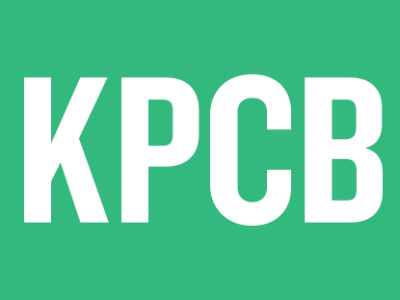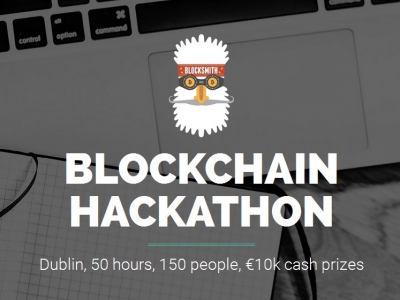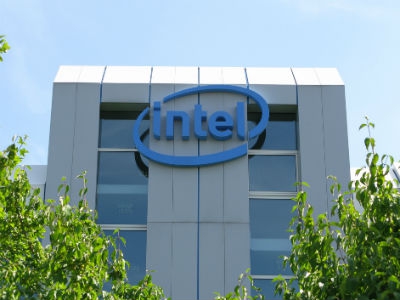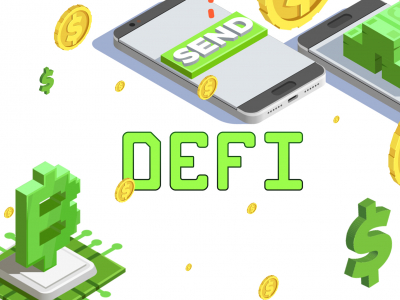While the community of bitcoin developers continues arguing over solutions for the block size problem, the wider public is rather focused on the disruptive and innovative power of the bitcoin’s blockchain technology and speculates on its possible applications, the sharing economy and P2P lending services being just two of them.
Blockchain’s disruptive power
Blockchain and its disruptive potential, the result of decentralisation, have generated its own philosophy of community empowerment and solidarity-based finance. The evidence of this is the growing number of working papers and position pieces, such as the report of the United Nations Research Institute for Social Development’s How Can Cryptocurrency and Blockchain Technology Play a Role in Building Social and Solidarity Finance? Another example is the publication by Deloitte LLP’s David Schatsky and Craig Muraskin, identifying blockchain’s key characteristics that increase the possibility for innovation in every major industry: reliability and availability, transparency, immutability and irrevocability, and blockchain’s digital nature.
Following the same line of thought, Jesus Rodriguez inquired into the ways blockchain can redefine enterprise, and drafted ten possible scenarios, one of them being P2P commerce. According to Rodriguez,
The architecture of the blockchain can enable the first effective peer-to-peer (P2P) e-commerce network in which buyers and sellers can interact directly without the need of a central authority. The absence of a central marketplace eliminates many of the restrictions of e-commerce models such as fees, regulated transactions, etc.
Peer-to-peer economy facilitated by blockchain has been among the examples for the technology’s disruptive and innovative potential given by Don Tapscott, Senior Advisor at the World Economic Forum and the fourth most influential thinker in the world for 2015, according to Thinkers50 Awards. Tapscott, whose Blockchain Revolution: How the Technology Behind Bitcoin is Changing Money, Business, and the World is coming out in April 2016, referred to blockchain as “the biggest innovation in computer science in a generation” which “holds the potential for unleashing countless new applications and as yet unrealized capabilities that have the potential to transform everything in the next 25 years.” Moreover, during the World Economic Forum in Davos, Tapscott discussed the reinvention of music and film industry through blockchain technologies with the Hollywood actor Kevin Spacey, when both of them, together with Wikipedia founder Jimmy Wales, were taking part in the cybersecurity panel.
In an interview for WSJ, Tapscott further elaborated on the blockchain’s ability to disrupt services such as Uber and Airbnb, the key expressions being “real sharing economy” and “distributed application on the blockchain.” Tapscott concluded:
Ultimately, I think, we are looking at potentially some huge changes to the deep structure and architecture of the corporation… We are looking at really radically distributed models of how we create value in society, how we orchestrate capability to innovate…
Decentralisation and ‘sharing economy’
From disruption to innovation, the significance of bitcoin and blockchain for the so-called ‘sharing economy’ and their impact on the process of value generation have not escaped the attention of economists. For instance, Arun Sundararajan from the NYU Stern School of Business referred, just like Tapscott, to Uber and Airbnb as prime examples for crowd-based capitalism, explaining the re-aggregation of distributed value from blockchain markets. Sundararajan started with an emphasis on the current shift from institutions to P2P markets, the scope of which is wide enough to include the banking and retail sectors, transportation, diversified labour, personal and corporate services, as well as risk capital intermediaries. More importantly, Sundararajan said,
…What we are doing is we are taking economic activity out of institutions. Over the last one hundred years we have evolved into an organisational economy, one in which most economic activity is mediated by large companies and we are starting to shift some of that activity into these decentralised peer-to-peer communities which are largely market-based; which are largely based on a digital platform sitting between people who have stuff or have money or have labour and people who need it.
As a result, argues the author, a new generation of P2P markets has appeared:
…We’ve seen the demonstration of pure peer-to-peer, decentralised payment systems through the emergence of bitcoin. And this signifies sort of the next generation of P2P markets for the following reason: all of the examples I gave you thus far were examples where the crowd was the source… the source of information, the source of labour, the source of capital, the source of money. Bitcoin represents a shift where the crowd becomes the market. The entire clearing of transactions and managing of the markets is done in a decentralised consensus-based way where you don’t need an Airbnb or an Uber, but this entire set of people who are participating in the market are also running the market.
According to Sundararajan, the development of peer-to-peer markets gives rise to an important question, namely whether this is really an example of decentralisation:
And so, although this decentralised blockchain-based peer-to-peer future does promise a world in which there will be a much greater scope of distributing value among participants, I still think that… we are going to see over the next decade the creation of layers that re-aggregate some of this value through either the logistics or through trust and reputation, or through search and discovery.
Sundararajan is one of many experts who compare bitcoin and blockchain to the early internet. He, for instance, recalls the effect in re-aggregation of value through innovation in search and discovery that Google brought to the table, thus introducing a new level of centralisation to the initially decentralised system. In two recent blog posts the director of MIT Media Lab Joichi “Joi” Ito made the same comparison:
The similarity is that Bitcoin is a transportation infrastructure that is decentralized, efficient and based on an open protocol. Instead of transferring packets of data over a dynamic network in contrast to the circuits and leased lines that preceded the Internet, Bitcoin’s protocol, the blockchain, allows trust to be established between mutually distrusting parties in an efficient and decentralized way. Although you could argue that the ledger is “centralized”, it's created through mechanical decentralized consensus. …Similarly, I believe that Bitcoin is the first “killer app” of The Blockchain as email was the killer app for the beginning of the Internet. We are in the process of inventing eBay, Amazon and Google. My hunch is that The Blockchain will be to banking, law and accountancy as The Internet was to media, commerce and advertising. It will lower costs, disintermediate many layers of business and reduce friction.
P2P payment and lending services
Despite the wide range of their possible applications, blockchain and bitcoin’s disruptive potential is still primarily discussed in relation to their impact on the financial and banking sectors. It is worth mentioning, however, that while the P2P payment market is booming, bitcoin P2P payments are still lagging behind.
As Business Insider expects the P2P payments market to grow to an estimated US $86 billion by 2018, and social media platforms are developing ways to incorporate and facilitate digital transactions, bitcoin is struggling to position itself as a viable alternative to already mainstream applications using fiat currency, such as PayPal’s Venmo, whose integration with Facebook has helped it pioneer social payments and made it viral.
Instead, what seems to be in vogue among bitcoin users is peer-to-peer lending services and platforms, such as BTCJam, Loanbase, Bitbond, BTCPOP, and StemFund, among others. While BTCJam and Loanbase have been operating for a while now and are the most popular, despite their fair share of the history of scams and frauds, it is the more recent BTCPOP that has caught the media’s attention as of late. Promoting its service as a “P2P banking experience,” BTCPOP offers a variety of bitcoin investments through investment pools at different risk levels. Importantly, the P2P loans on BTCPOP are collateralised and insured against default. In addition, the lending platform offers the option for a savings account with 5% interest and even functions as a coin exchange, operating with bitcoin, litecoin, dogecoin, blackcoin, among others. Recently, Matthew Hickey reviewed BTCPOP for Cryptocrooks by giving it 8.5/10 and by concluding that “BTCPop is promising with plenty of room to grow.”
Payment services remain the main implementation of bitcoin and blockchain, and P2P bitcoin lending is one of its offshoots. The impact of bitcoin’s P2P network and blockchain’s decentralised nature on economy and capital, value transfer and distribution, as well as on how we collaborate and innovate, however, go way beyond mere payment, as Don Tapscott and Arun Sundararajan have shown.
Diana Bogdan

















